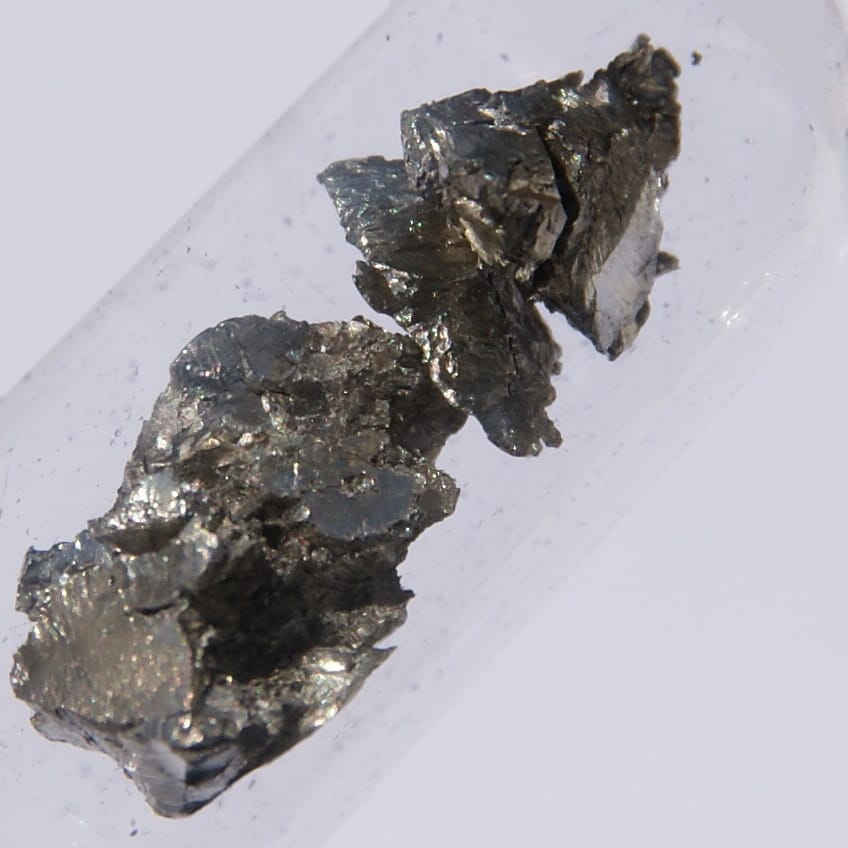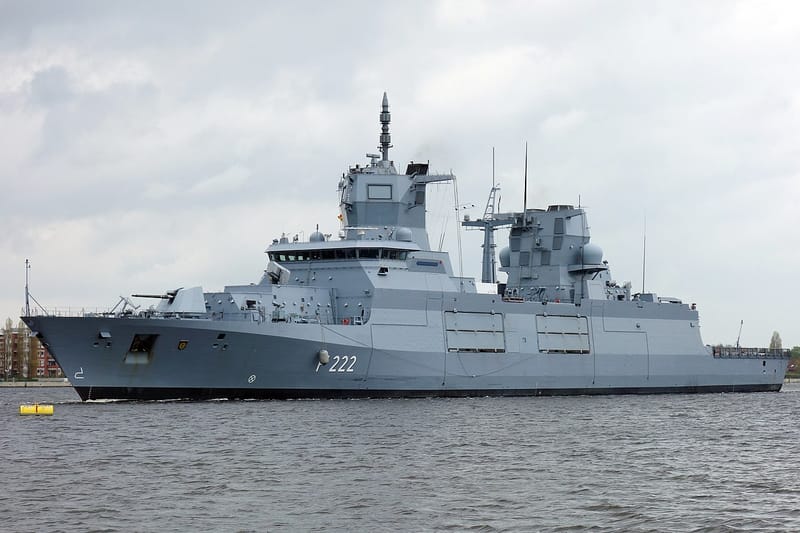Rare Earth Dependency and Cognitive Erosion: Germany’s Dual-Axis Vulnerability to China
Germany faces a Dual-Axis Vulnerability—its resilience depends on securing critical materials and rebuilding China-focused analytical capacity.


Germany faces two accelerating strategic exposures: rare earth material dependencies and the erosion of internal China expertise. Without intervention, these deficits will compromise industrial resilience, technological capacity, and defense autonomy over the next decade.
Material Dependencies: Concentrated Risk Profiles
In 2024, 65.5% of Germany’s rare earth imports originated from China (dpa), maintaining a dependency substantially above the EU average of 46%. Core elements such as neodymium, praseodymium, and samarium—vital for defense systems, electric vehicles, and renewable energy platforms—are sourced almost exclusively from Chinese producers. Russia and Malaysia offer minor alternatives but do not materially shift the dependency calculus.
This sustained concentration deepens Germany’s exposure to supply coercion risks. Substitution at scale remains economically and technically prohibitive across critical sectors.
Ukraine holds potential to reduce this exposure. Its reserves reportedly cover two-thirds of the EU’s critical raw materials list. Unlocking this capacity demands not incremental development but sustained extraction, secure logistics integration, and comprehensive risk insulation. Without such action, structural dependencies will entrench through the 2030s.
The emerging Trump-Ukraine materials agreement underscores a hardening global contest for critical resources. If the U.S. secures preferential access, Europe risks strategic displacement from Ukraine’s resource corridors at a critical moment. Without immediate, large-scale engagement, Germany and the EU—alongside Central and Eastern European (CEE) partners—may find themselves structurally sidelined in favor of American supply chains, entrenching external dependencies rather than resolving them. Alignment around Ukrainian resource integration will define regional industrial resilience against external leverage.
Cognitive Exposure: Declining Strategic Competence
Material vulnerabilities are amplified by a parallel erosion of strategic knowledge. As noted by Sinologist Marina Rudyak in an op-ed for Handelsblatt, Germany faces a consistent decline in China-focused academic enrollment and functional expertise. Skills critical for independent analysis—primary-source research, technical translation, and real-time interpretation—are becoming increasingly scarce.
This atrophy constrains Germany’s ability to assess Chinese strategic behavior independently, forcing reliance on derivative interpretations and imported analysis—with inevitable latency, distortion, and reactive decision-making.
Mitigation requires deliberate investment (i.e., more than incremental reforms): Germany must build hybrid academic programs combining technical specialization with language training, expand China-focused education into secondary curricula, and establish research institutions capable of continuous primary-source-driven assessments.
Outlook: Toward Material-Cognitive Resilience
Mitigating material dependency without regenerating analytical capacity will leave Germany’s autonomy fractured. Strategic resilience requires synchronized movement on two axes:
- Material Resilience: Diversified, secure critical raw material (and more so: rare-earth) supply chains, integrating Ukrainian potential where feasible.
- Cognitive Resilience: A rebuilt analytical architecture, capable of independent, primary-source-driven China analysis.
For Germany and its CEE partners, operational autonomy—not rhetorical autonomy—is the objective. Achieving it requires a deliberate inversion of existing dependencies—anchored in industrial, educational, and research infrastructures.
Grosswald will continue to track the evolution of Europe’s material and cognitive resilience posture.

Key Risk Concept: Dual-Axis Vulnerability
Germany's risk profile is defined by simultaneous exposure across material and cognitive domains, necessitating a dual-track strategic response.






